From Club To Academy (1933)
Here's that fateful document -- as signed by P&C President, James Topping:
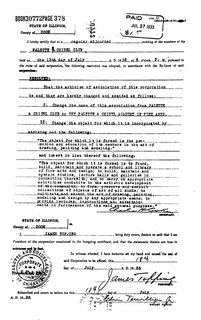
Reflections on the past, present, and future of Chicago's Palette and Chisel Academy of Fine Art

Art Is Not Too Long
The Palette & Chisel Club Notes An Anniversary
By N. P. Steinberg
The Palette & Chisel Academy of Fine Arts celebrates its fortieth year. The Academy is an organization of painters, sculptors, illustrators, decorators, designers, newspaper artists, cartoonists, etchers, and wood-block printers. It is the oldest independent practical art association in America. That is to say, it is one of the few working art organizations of artists not identified with some public institution, or dependent upon financial endowment from the outside.
Research into the Log Book of the organization confirms the reminiscences of Fred Larson, the only still active charter member. The idea for this organization was conceived one night in 1895 at the Art Institute of Chicago. A group of students called a meeting at the studio of Arnold Bunch to discuss the idea. Present at that meeting were Fred Larson, Henry Hutt, Carl Mauch, Chas. J. Mulligan, Wilson Irvine, Richard Boehm, Arnold Bunch, Curtis Gandy, Davit Hunter, H. Wagner and L. H. Coakley. These eleven adavnced students of the evening classes of the Art Institute were determined to work and develop their individualistic abilities and characteristics independently and free from the dictates of instructors.
At first they rented a large room at the old Athenaeum Building on Van Buren Street near Wabash Avenue, employed models to pose, and devoted their Sundays to drawing, painting and modeling in clay. But after a few such meetings these aggressive young men discovered that in order to make per capita assessments to keep their accounts balanced a formal organization was advisable. Accordingly, the "Palette & Chisel" was organized, with Carl Mauch as its first president.
Lorado Taft, the well-known sculptor, offered to rent his studio on the seventh floor of the building to the group for their use on Sundays. The young men gladly accepted, first because Mr. Taft was known to be interested in young artists, and secondly because they felt he would be lenient with them should the rent not be paid promptly. The organization began to grow.
Eventually Mr. Taft decided to give up this studio, but recommended the small organization so highly to the management of the building that the group became tenants in their own right. And so they remained for many years.
In its very early days, the late Frank Holme became a member. He was first among the newspaper artists in the country, a literary leader had he chosen to be, a good fellow to the core, and a constant and energetic worker. He found in the Palette & Chisel organization an outlet for his many talents. He worked for the organization, wrote for it, drew for it, and gave freely of his money, time and influence with the press and prominent people to help the organization. Mainly to Mr. Holme was due the first entertainment given by the group, a burlesque entitled Il Janitore. He wrote the libretto, with the assistance of George Ade. The music, according to the program, was "too late to classify." Il Janitore was humorous in the extreme, and good enough to rate a column or two of comment in most Chicago newspapers.
With such assistance and perseverance the Palette & Chisel boomed. New members, both active and associate, flocked in, active memberships (as today) constituting professional artists, associate members being laymen interested in the arts.
Holme's fund of original ideas still gushed from him and he continued to work prodigiously. His enthusiasm spread to other talented members who, catching his spirit, assisted him in arranging many events in close succession, such as a Hobo Pink Tea, a Roman Night, an Antediluvian smoker, a Cuba Libre smoker, a Coco Talk, or Phrenologists' Night,, many outings, and finally, in 1900, Carmen, greatest of all grandstand operas, in "three acts and six spasms"; Carmen with improved rag-time music.
Some of Holme's assistants in these productions were Henry Hutt, the two Leyendecker brothers, J. R. S. Williams, Henry Thiede, Wilson Irvine, Alfred Jansson, Fred Larson, Lawrence Mazzanovich, and E. N. Thayer.
On February 12, 1898, the Palette & Chisel organization opened the first Salon de Refuse held in Chicago. Newspaper clippings in the Log Book give amusing accounts of this exhibit in screaming headings such as "Art for the Masses," "Salon de Refuse opens in a Blaze of Glory--the Biggest Show on Earth." This burlesque exhibition poked good-natured fun at the works of Chicago artists exhibiting at the then current show at the Art Institute. Some of the works were supposed to represent a "loan" exhibit from the Art Institute, and burlesqued the prize winning paintings of the original collection. Others were amusing but clever take-offs on the part of members of the organization.
The catalog of the Salon de Refuse bears the following introduction and explanatory preface: "Be it especially understood, by way of explanation, that while all of fhe members of the organization are represented in this exhibit, they did not have masterpieces refused. In fact, several members did not send any at all. All pictures are for sale, 30 cents per square yard. The canvas is good and may be used again. Inquire at the Lake Front Dump." According to the newspaper comments the spirit of burlesque that pervaded the Salon de Refuse was thoroughly enjoyed. The irresistible copies of the prize winning pictures at the Art Institute were recognized at once. This "masterly" collection of the realisic school, according to the catalog, was "judged by a competent jury, the janitor and the conductors of the two elevators" in the old Athenaeum building having been secured to act in that capacity.
These entertainments and exhibitions over a period of years, although gay in spirit, had much of merit in them, and won for the organization many friends and admirers.
Uppermost in the minds and hearts of the members during all of this period, however, was the more important original aim "to work and develop," which aim far exceeded the entertainment features.
The last thirty years have seen the accomplishments of these aims and aspirations of the organization and its membership. The then student members have grown to be outstanding professional artists, the organization maturing with them. It is a matter of record that many of the best known of the country's painters, sculptors, illustrators, designers, etchers and men known for their wood-block color-prints were or still are members of the Palette & Chisel Academy of Fine Arts. For instance, to name a few: Eugene Savage, Victor Higgins, Walter Ufer, Martin Hennings, Oskar Gross, Gustave Baumann, Jeff Grant, Wilson Irvine, Ezra Winter, Albin Polesak. A long list of the country's leading illustrators also are on the organization's roster, such as the Leyendecker brothers, David Robinson, J. L. Williams, Leroy Baldridge and De Alton Valentine.
In the spring of 1921 the organization moved to its present home at 1012 N. Dearborn Street. The members themselves financed the purchase of the new headquarters, which had been a large residence. The top floor was transformed into a large studio; the roof was raised with steel beams supporting it and new sky-lights added. The lighting facilities, a very elaborate undertaking, realized the plans of Jack Ryan, an associate member, who did the entire job himself. The whole building was renovated by the members under the direction of Edward Holslag, an artist member. The lower floor was transformed into a large exhibition gallery, with reception rooms and a library.
The Cow-Bell, the official magazine of the organization at first, came into existence about 1913. The name was taken from the huge cow-bell with which meetings were called to order in the old days. The world war put a quietus upon this effort, but in 1921 the magazine wsa revived under the new name of Palette & Chisel.
During the summer months the organization for many years maintained a place at Fox Lake for outdoor painting and sketching. The summer camp was the property of the organization and comprised a club house of sufficient size to accommodate about seventy-five persons.
Work is the watchword of the organization always, but it is the kind of work that inspires every member with an absorbing interest. Models are posed on Tuesday and Thursday evenings throughout the year, and on Sundays from November to May. Competent criticism is provided for, but plenty more of a most frank and vigorous sort is volunteered by well-known artists and members. The visitor to this haven of artistic industry finds an array of objects on every hand which signal the appreciative eye, and demand more than passing attention. A glimpse into the big studio on the third floor of the present home would appeal to the heart of any devout student.
The visitor's interest is first challened by the model, always the central figure of the group. Then the visitor's attention is drawn to the semicircle of artists, seldom less than twenty of htem, working with an earnestness and energy which must acquit them of any possible charge that they are engaged in a purposeless amusement. The artists nearest the model's throne are squatted on low stools; those in the crescent tier immediately behind are seated in chairs; and the workers in the outer circle are standing before their tall easels. There is not a face in the entire group which is not animated with the glow of genuine concentration and plesure. When the time keeper calls a halt at 10 o'clock he is invariably greeted with sighs and expressions of regret that the three hours of work have flown so quickly.
Each member of the organization is free to choose his own medium of artistic expression. Some work in charcoal or crayon or water color during these study hours, although the majority prefer to use palette and brush. Occasionally some try their hands at etching and wood-block carving. Many interesting lectures on various phases of art are also provided by prominent artists.
Besides the studio facilities, the Palette & Chisel Academy of Fine Arts maintains interesting and educational exhibits during the year. Annual exhibitions of water colors by the members are held during the first part of the year. These are followed by the Black and White show, comprising drawings, etchings and lithographs. During the month of May the annual exhibition of oil paintings by the members is held. This is regarded as the big show of the year. The Palette & Chisel gold medal is awarded by a vote of the members to the most outstanding or meritorious painting. This year several members contemplate a cash prize to be given by a vote of a jury to an outstanding painting, besides the Palette and Chisel gold medal.
One-man exhibits are also held from time to time. An interesting feature, too, is the annual sketch or small picture show, held each November. Choice pictures are hung to be sold under the organization's unique bidding plan. Bids may be made at any time during the course of the exhibition. All bids are registered when made, and the highest bid to date on any picture is made known to subsequent bidders for their guidance. A general auction is then held on the last evening of the exhibition. Pictures are sold to the preson who has registered the highest bid for that picture during the exhibit, unless some one offers more, in which case the highest bidder takes the picture. All the small paintings are donated by the members and the proceeds go to the organization.
These sketch shows present an opportunity for all art lovers to procure meritorious works of all kinds at nominal prices, which at the same time assisting one of the outstanding artists' organizations in the country to carry on. Visitors are always welcome.
Plans are now in preparation for the 40th Anniversary Jubilee to be held the first week in November of this year. It is hoped that many old members and friends from distant lands will be present to renew old acquaintances and celebrate the event with the newer members and friends.
The officers for 1935 are:
Hubert J. Margraf . . . . . . President
Roy C. Keister . . . . . . . Vice-Pres.
Paul Schulze. . . . . . . . . 2nd Vice-Pres.
James Topping . . . . . . . . Treasurer
Chas. H. Chooke . . . . . . . Secretary
Othmar J. Hoffler . . . . . . Artist Director
Norman Anderson . . . . . . . Artist Director
Frank T. M. Beatty. . . . . . Artist Director
Chas. E. Selleck. . . . . . . Fellowship Director
 On the wall of the dining room at the P&C, there is a framed pencil sketch of a man wearing a high collar and wire-rimmed spectacles. He is smoking a short cigar. The man's name is August Petryl, and the small drawing notes that Petryl was president of the P&C in 1906.
On the wall of the dining room at the P&C, there is a framed pencil sketch of a man wearing a high collar and wire-rimmed spectacles. He is smoking a short cigar. The man's name is August Petryl, and the small drawing notes that Petryl was president of the P&C in 1906. 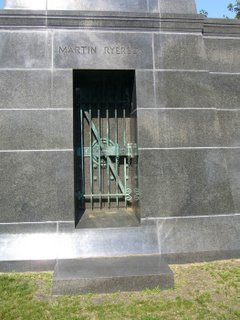 (tomb of Martin Ryerson - Associate Life Member of the Palette and Chisel - located at Graceland Cemetery, designed by Louis Sullivan)
(tomb of Martin Ryerson - Associate Life Member of the Palette and Chisel - located at Graceland Cemetery, designed by Louis Sullivan)
The Palette and Chisel Academy of Fine Arts had its beginning in 1895, when a group of art students were considering the need of a place where they could study together and have the benefit of friendly criticisms and suggestions, but at the same time develop their own technique without let or hindrance. The validity of this idea is seen both in the long life of the organization and in the number of its members who have risen to high rank among the artists of America. Very few of he original group remain, but the principles they upheld are as virile today as when first advocated.
For experiment and practise the Palette and Chisel Academy of Fine Arts offers unique opportunities. The location on the "Near North Side" is in a district known as the center of the cultural activities of Chicago. The Academy building, which is owned by the organization, is a substantial structure of the residential type, remodeled for its purposes and containing one of the finest general studios in the country together with private studios and exhibition galleries.
Professional models are posed in the general studio every Tuesday and Thrusday evening throughout the year and on Sundays from November to April. Competent instructors give criticisms when requested. In the galleries general and individual exhibitions of works by members follow one another from month to month, providing opportunities for approach to the art buying public. Frequent social gatherings and lectures on art topics furnish occasions for fraternizing and entertaining friends.
To become an artist member of the Palette and Chisel Academy of Fine Arts it is necessary to have had sufficient training or experience to produce works which are acceptable to the board of managers. To become a fellowship member it is necessary to show an appreciation of the fine arts and a desire to further the development of the graphic and plastic arts in particular. The membership is composed entirely of men.
Regular members, artist and fellowship, are eligible to vote and hold office. Their membership fee is $100 (on which terms can be arranged) and their dues $48 per annum, payable quarterly in advance.
In order to accommodate students, who later may become eligible for regular membership, we have a class of associate members. These pay an entry fee of $5, with the same dues as regular members. They have the use of the studio and other facilities of the Academy and can also take part in the exhibitions, but do not vote or hold office.
Among the former and present members of the Palette and Chisel Academy of Fine Arts are:
Gustave Baumann, Joseph P. Birren*, C. Curry Bohm, Karl C. Brandner, Frank V. Dudley, Harry L. Engle, R. W. Grafton*, J. Jeffrey Grant, L. O. Griffith, Edward T. Grigware, Oskar Gross, Otto E. Hake, E. Martin Hennings, Victor Higgins, N.A., Othmar Hoffler, Frank Holme*, Edward Holslag*, Art Huhta, Henry Hutt, David Hunter*, Rudolph F. Ingerle, Wilson Irvine, A.N.A.*, Alfred Janssen*, Holger W. Jensen, Roy C. Keister, Troy Kinney, A.N.A.*, Carl R. Krafft, Fred T. Larson, Frank X. Leyendecker*, Ossip Linde, Andrew Loomis, Hardesty G. Maratta*, Leo A. Marzolo, Laurence Mazzanovich, Thomas G. Moses*, Frederick J. Mulhaupt, A.N.A.*, Charles J. Mulligan*, Karl Ouren, Edgar Payne, Albin Polasek, N.A., Frank W. Raymond, Trygve A. Rovelstad, Eugene Savage, N.A., Felix Schmidt, Sigurd Schou*, Emory P. Seidel, Glen C. Sheffer, John A. Spelman, N. P. Steinberg, Joseph Tomanek, James Topping, Audubon Tyler, Walter Ufer, N.A.*, J. Scott Williams, A.N.A., Ezra Winter, N.A. (*deceased).
Artists and students desiring to avail themselves of he advantages offered by membership in the Palette and Chisel Academy of Fine Arts are cordially invited to call any Tuesday or Thursday evening between seven and nine o'clock. This will give them an opportunity to meet some of our members and see our classes and exhibitions.
THE PALETTE AND CHISEL
ACADEMY OF FINE ARTS
1012 North Dearborn Street
Chicago







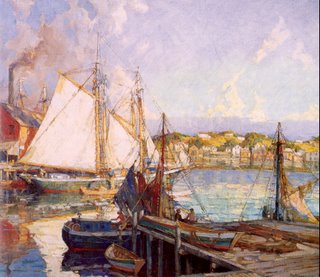 Born in 1871, died 1938, Fred Mulhaupt was one of the founding members of the P&C. He is mentioned in the Inland Printer article of June 1896 as a "display advertiser," and he is listed as an active member in the club masthead of 1906 as an active member.
Born in 1871, died 1938, Fred Mulhaupt was one of the founding members of the P&C. He is mentioned in the Inland Printer article of June 1896 as a "display advertiser," and he is listed as an active member in the club masthead of 1906 as an active member.An association of artists and craftsmen for the purpose of work and study--such is the Palette and Chisel Club of Chicago, some of the members of which appear in the half-tone upon the opposite page, engraved from a photograph by Carl Mauch. The organization is unique in that its members are all wage-workers and busy during the week with pencil, brush or chisel, doing work to please other people. But on Sunday mornings, at 9 o'clock, they assemble in the studio of Lorado Taft, in the Athenaeum Building, and for five hours each amuses himself by working in his chosen medium, to suit himself.
Sunday morning means a good deal to one who has worked all week, and the thought of these young men placing their easels and arranging their palettes at an hour when the rest of the city is in bed or on bicycles, is sufficient proof of their earnestness. A peep into the studio would show the men at work using all kinds of mediums, oil and water color, wash, pen and ink, charcoal, clay and modeling wax, and each as busy as a boy with a jackknife. And the conversation while the model rests deals not so much with "impressionism" and "realism," or the tendency and mode of artistic revelation as with the best methods of drawing for reproduction or the discussion of technicalities in the sculptor's or decorator's arts.
The work of the club has so far been more for study than exhibition, but there can be no doubt that such a movement among men actually engaged in illustration and decoration and kindred arts appealing directly to the people must result in improving the standard of their work. The impression that a "real artist" is incapable of doing work "for the trade" is less erroneous than the idea that an atist earning his living by practical application of his talents may not be an artist worthy of the name. The painter may lack the technical training necessary to the successful illustrator, but an experience in designing or illustration often develops qualities in a man who is prevented from attempting the higher branches of art by lack of time or opportunity, which when his chance comes, gives him an advantage over the mere painter.
Two-thirds of the members are students in the "life class" at the Art Institute night school, and a desire for opportunity to study from the model in daylight, so that color might be used, led to the organization of the club. The time at their disposal is too short to spend in bothering with officers or by-laws, so the only formality is the payment of the monthly dues to the treasurer, Curtis Gandy, who settles the rent and pays the models.
The following is a list of the club's membership: Charles J. Mulligan, David Hunter and W. J. Hutchinson, sculptors; Ray Brown, chief of the Times-Herald art department, and F. Holme, of the Evening-Post; Henry Hutt, illustrator and designer for J. Manz & Co.; Carl Mauch, of the Werner Company's art staff; Will Carqueville, poster designer and lithographer; Curtis Gandy, Capel Rowley, Richard Boehm, Edward Loewenheim and C.C. Senf, designers and illustrators; L. Pearson, F.J. Thwing and H.L. Bredtschneider, fresco painters and decorators; Fred Mulhaupt, display advertiser; Ancel Cook, scenic artist; A. Sterba and W.H. Irvine, portrait artists; Arthur Carr, H. Wagner, L.M. Coakley and J.S. Shippen, art students. Fred Larson is a "proofer," and the printer's trade is represented by W.A. Randall.
The treasurer's report shows a comfortable balance of cash in hand, and, while on Sunday meetings will soon be temporarily discontinued on account of the hot weather, the dues will run on just the same, so that when the club assembles in the fall it will be with every promise of a good and successful career.
 Born in 1868, Frank Dudley lived until 1957. He was a member of the Palette and Chisel within its first decade; Dudley is listed as an active member on a 1906 roster of the club (back in the days when the club was located in the Athenaeum Building on the 7th Floor, the one-time studio of Lorado Taft.
Born in 1868, Frank Dudley lived until 1957. He was a member of the Palette and Chisel within its first decade; Dudley is listed as an active member on a 1906 roster of the club (back in the days when the club was located in the Athenaeum Building on the 7th Floor, the one-time studio of Lorado Taft. 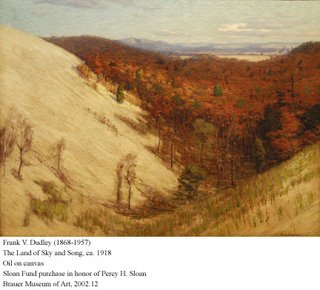


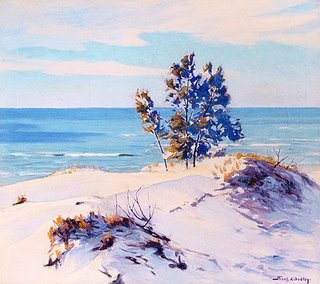
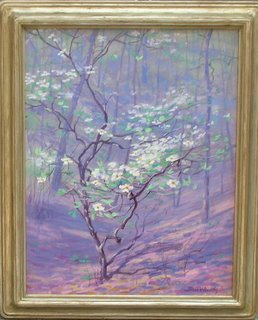
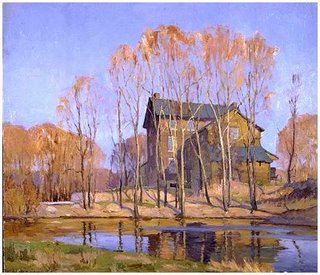
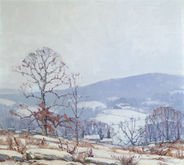
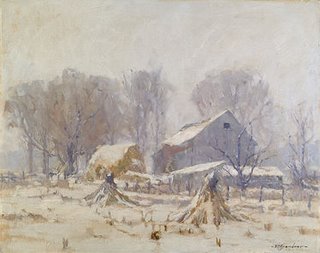




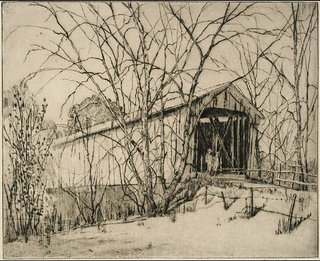
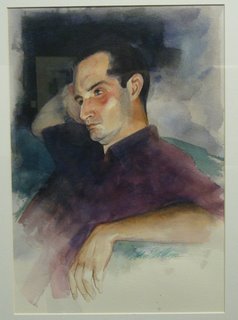 Mike Wilkins
Mike Wilkins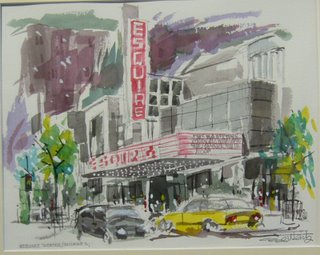 Ed Wentz
Ed Wentz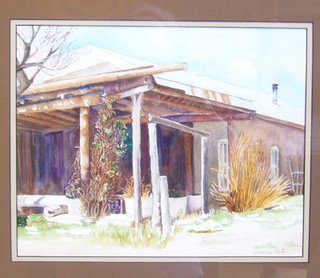 Clare Tate
Clare Tate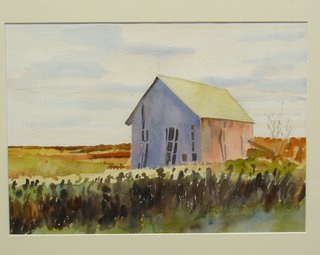 Stuart Fullerton
Stuart Fullerton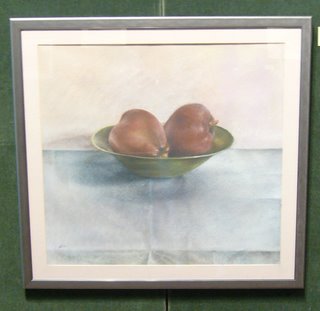 Susan Hong-Sammons
Susan Hong-Sammons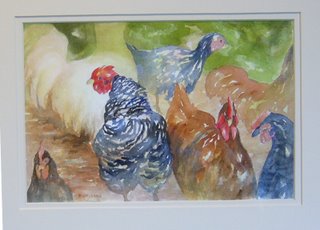 Pamela Gibson
Pamela Gibson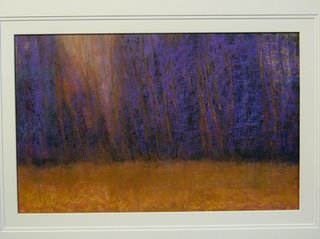 George Shipperly (2nd place prize)
George Shipperly (2nd place prize) Richmond Jones
Richmond Jones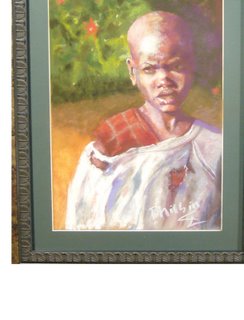 John Philbin Dolan
John Philbin Dolan Marci
Marci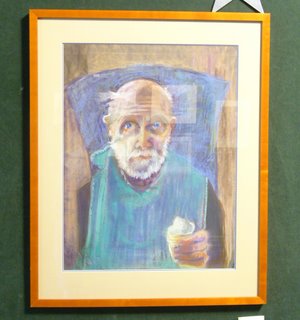 Marci Klug (Third Place award)
Marci Klug (Third Place award)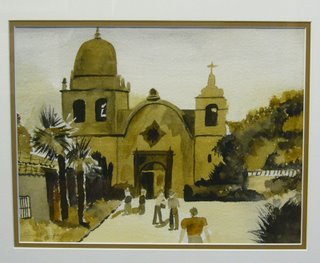 Lenore Murphy
Lenore Murphy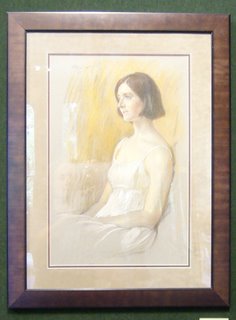 Moissei
Moissei Lenin Del Sol
Lenin Del Sol Korlian Tran (gallery owner's choice)
Korlian Tran (gallery owner's choice)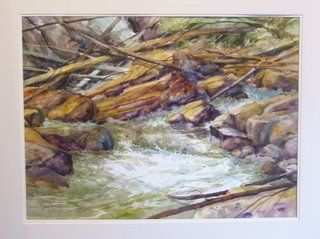 Bob Krajecki
Bob Krajecki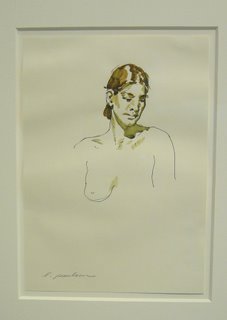 Larry Paulsen
Larry Paulsen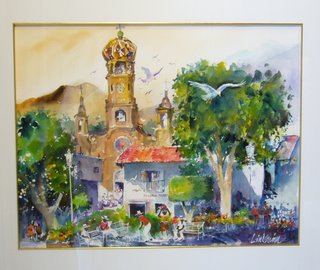 Don Lindstrom
Don Lindstrom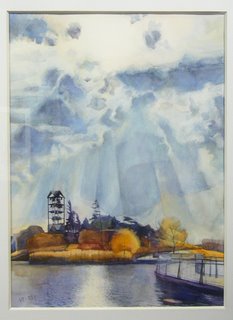 Vladimir Tartakover
Vladimir Tartakover George Clark
George Clark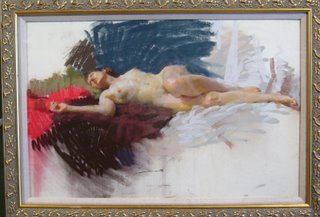 Clayton Beck III (First Place award)
Clayton Beck III (First Place award)